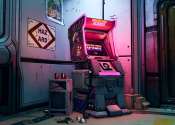Millions of gamers advance biomedical research by helping to reconstruct microbial evolutionary histories
Leveraging gamers and video game technology can dramatically boost scientific research, according to a new study published today in Nature Biotechnology.








